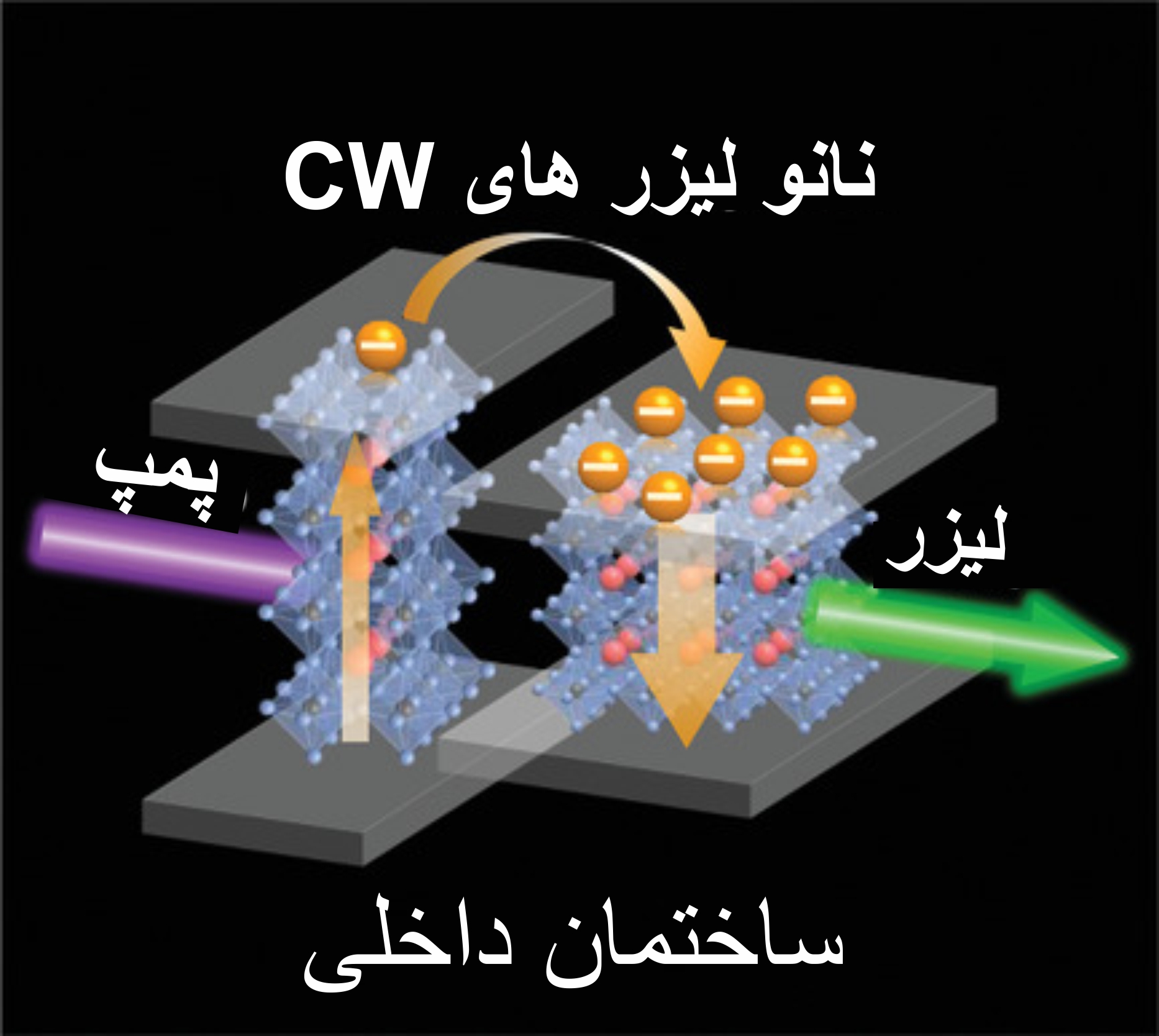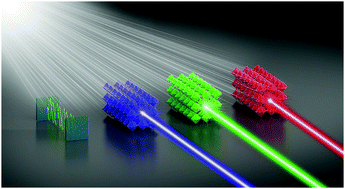_ بخش الکترونیک و نانو لیزر های صنعتی
بررسی نانو لیزر های صنعتی ( امواج پیوسته یا CW )
پژوهشگر و نویسنده: دکتر ( افشین رشید )
نکته : به طور معمول، پرتوی لیزر به صورت پیوسته از محفظه اپتیکیͺ نانو لیزر خارج میشود، قدرت خروج از نانو لیزرهای cw بازه گسترده ای دارد. نانو لیزرهای مایع و یونی نمونه هایی از لیزرهای پیوسته است . این بازه از میلی وات مانند نانو لیزر های ارتباطات اپتیکی چندین میکرو وات (۳تا ۵ میکرو وات) مانند نانو لیزر های مورد استفاده در صنایع نظامی را شامل میشود.
خروجی نانو لیزر نوعی نور است که با توجه به محیط فعال نانو لیزر در قسمت های مختلف طیف موج های الکترومغناطیسی قرار می گیرد.طول موج از مهم ترین ویژگی های موج می باشد که با انرژی رابطه معکوس دارد. بنابراین موج های مختلف را می توان به صورت طیف موج های الکترومعناطیسی نمایش داد.
نور لیزرها را به دلیل داشتن موج یکسان نور خالص می گویند. امواج نور لیزر در یک زمان با هم گام بر می دارند و هم فاز هستند به این معنی که قله هر موج با قله موج دیگر یکسان است، به دلیل این ویژگی ها به نور لیزر همدوس می گویند.به دلیل یکسان بودن طول موج یا بسامد، نور لیزر در زمان عبور از منشور تجزیه نشده و به شکل باریکهﻯ کوچکی خارج می شوند. (به همان صورت که داخل شده است) از ویژگی های دیگر نور لیزر جهت مندی آن است. نور لیزر اگر در محیط جذب نشود، می تواند فواصل زیادی را طی کند بدون آنکه در واگرایی آن تغییر زیادی ایجاد شود.درخشانی یا روشنایی نور لیزر میلیونﻫا بار بزرگتر از چشمهﻫای دیگر مثل خورشید است. علت این امر آن است که نور لیزر همدوس (تکفام) است و در یک جهت حرکت می کند. به دلیل این که می توان انرژی ورودی در لیزر را کنترل کرد و به این دلیل انرژی خروجی به دنبال آن نیز تغییر می کند به همین دلیل اگر برانگیختگی لیزر با پالس های کوچک اتفاق بیوفد، تولید لیزر با پالس های کوچک انجام می شود.موج ها دارای رنگ یکسانی هستند و به اصطلاح تک رنگ می باشند.
نتیجه گیری :
به طور معمول، پرتوی لیزر به صورت پیوسته از محفظه اپتیکیͺ نانو لیزر خارج میشود، قدرت خروج از نانو لیزرهای cw بازه گسترده ای دارد.
پژوهشگر و نویسنده: دکتر ( افشین رشید)
دکترایِ تخصصی نانو _ میکرو الکترونیک




